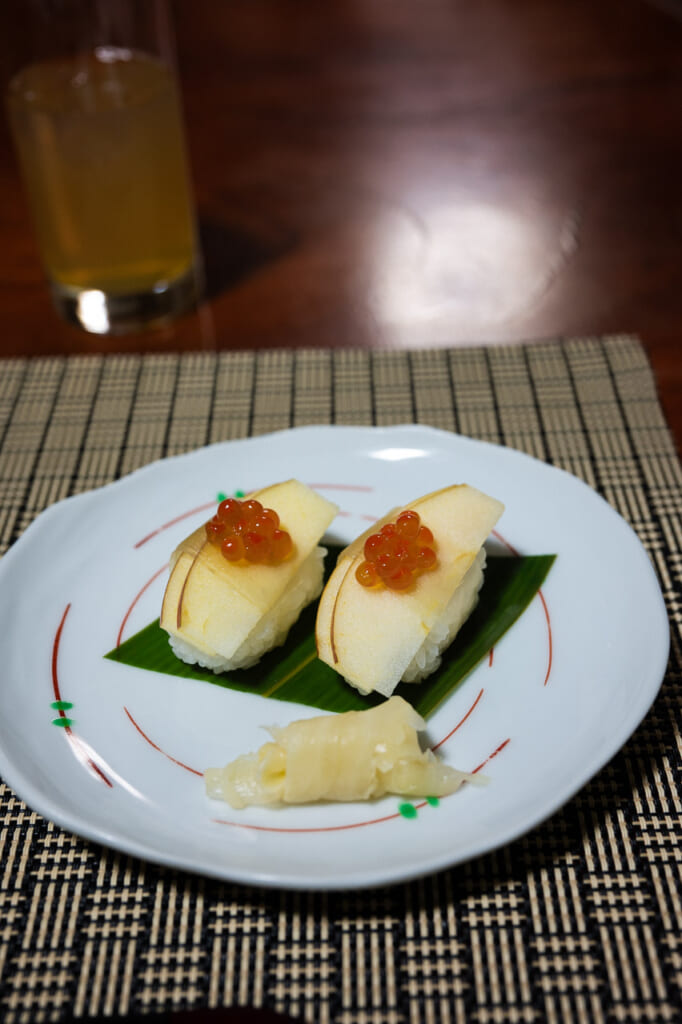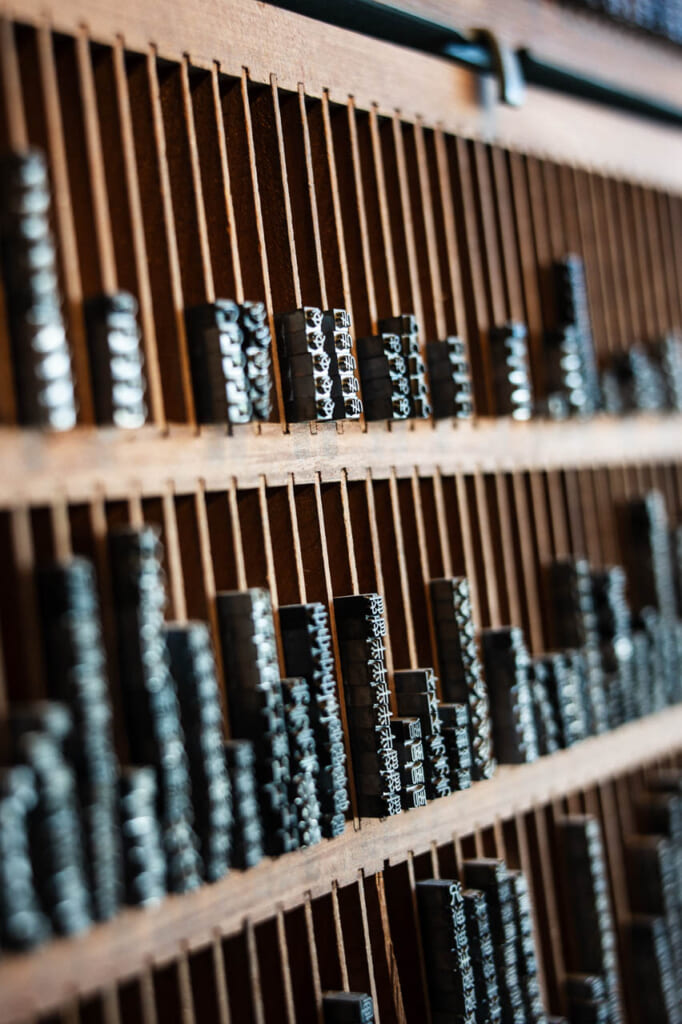As global tourism rebounds in the post-pandemic world, travelers must think about how their travel practices impact the places they choose to visit. Done well, international tourism increases global understanding across national borders, supports local businesses and economies, and seeks to reduce the environmental footprint tourism leaves on the planet. “Sustainable Tourism” is an important consideration for many global travelers, even if we still don’t know precisely how to define it.
The concept of sustainable tourism sparks healthy debate today as people seek to understand how to ensure the benefits of tourism outweigh its costs to the environment and society as a whole. So what is sustainable tourism, and what examples are there in destinations of the Kanto area in and around Tokyo?
For the past two years, Tokyo and Around Tokyo has revealed dozens of intriguing locations and activities in and around Tokyo and ten of its surrounding prefectures from the perspective of sustainable tourism. We have selected three locations in Niigata, Nagano, and Yamanashi prefectures that we feel represent extraordinary efforts to support their local communities in many ways: collaboration with local businesses and services, preserving the local history and culture, and above all, creating something attractive to visitors beyond local borders.
Niigata’s Prosperity On Display at the Northern Culture Museum
Don’t be fooled by its rather generic name; the Northern Culture Museum in Niigata Prefecture is a remarkable experience in the history, art and culture of the Echigo region, the former name of the area that included Niigata. The museum is housed in the former estate of the Ito family, the largest landowners in Echigo, who owned the property from 1756. After WW2, the seventh generation Ito, Atsuo, donated the entire estate to the foundation, eventually becoming the Northern Culture Museum.



The residence sits on a huge 18,000-square-meter plot of land and took eight years to complete. Building materials were imported from as far away as Aizu, Yamagata, and Akita for its construction of five separate buildings, including an enormous banquet hall and a unique triangle-shaped teahouse. Over 6,000 pieces of art collected by the Ito family over the generations are on rotating display, including many items related to tea ceremony, a practice favored by many Ito clan members. The sprawling upper floor of the main house is dedicated to explaining the history of the Ito family. One of the later heads of the clan particularly loved Chinese and Korean porcelain; an extensive collection is housed in the residence’s storehouse building.

An incredible Japanese garden was added in 1958 by a famous landscape gardener from Niigata who was involved in restoring the rock gardens of the famous Ginkakuji Temple of Kyoto. The garden was designed so that each room of the residence had its own uniquely beautiful perspective that changed throughout the four seasons. Besides the April cherry blossoms, a Wisteria arbor blooms with lovely hanging purple flowers in early May, and lotus blossoms appear on the pond in the summer. The brilliant colors of autumn transform the garden in November, and then gardeners work to protect the trees with yukizuri rope structures before the long snow season covers the garden for several months.


Visitors can enjoy a traditional Niigata-style lunch at one of two restaurants on the property (reservations required). This is recommended for those who really want to take their time at the Northern Culture Museum and soak in the traditional beauty of the residence and its collection of artwork.
Over its decades of existence, the museum has hosted meetings of G8 ministers, members of the Japanese Imperial family, and thousands of others who simply wish to enjoy the beauty that the Ito family created here. It is truly remarkable that a family donated nearly its entire fortune to ensure that future generations could enjoy the culture of Niigata for a long time to come.
A Perfect Balance of Modesty and Hospitality at Nakadanaso Ryokan in Nagano
While many Japanese ryokan choose to take the modernization route to compete in the Japanese accommodation industry, Nakadanaso takes the opposite approach: maintain their modest yet beautiful ryokan facility to the highest standards and provide a peerless level of service to their guests.
Komoro is a sleepy Nagano town located between Karuizawa and Nagano City, but it wasn’t always so quiet here. As a former post town on the eastern section of the Hokkoku Kaido, a route similar to the nearby Nakasendo Trail but connecting Karuizawa and Joetsu in Niigata to the north, Komoro bustled with travelers and provided lodging and food for travelers of all sorts. Although largely unknown to tourists, Komoro is a treasure chest of Japanese history, with a beautiful park with historic castle ruins and many preserved buildings dating back to its height as a post town.
Komoro and its surrounding area deserve an overnight stay to explore the area deeply, and there’s no better accommodation to stay in than Nakadanaso for those who want to experience authentic Nagano hospitality.


Nakadanaso is run by a couple, Masaki and Yoko Tomioka, who, along with their well-trained staff, see to it that your stay is the best it can be. Yoko-san personally greets all of her guests and knows them by name, and might pop in to offer her thanks at your dinner time if she doesn’t see you earlier. The ryokan prides itself on welcoming visitors from all over the world, so don’t be surprised if some staff members speak English or other languages.
The ryokan is made up of two main buildings, the Taishokan and the Heiseikan, named after the Japanese eras they were constructed in. The Taishokan was built in the early 20th century, and the famous Japanese poet and novelist Toson Shimazaki was a frequent long-term guest in those early days. As such, all of the rooms in the building are named using words from the poem he wrote here during one of his stays. Each room here is Japanese style with tatami floors and futon beds, and you can even stay in the room where Toson composed his famous poem to see the scenery that inspired him.



Heiseikan is a new building but retains the rustic feel of an old ryokan in decor and furnishings. The lower floor has mixed Japanese-Western rooms with both tatami and Western-style bedrooms, while the upper floor has simple Japanese-style rooms. The public onsen and outdoor rotemburo is up the hill, connected to Heiseikan by a covered staircase that keeps it accessible even when the weather isn’t perfect. From October to May, you may find yourself sharing the relaxing onsen with a dozen or so bobbing apples, a nod to one of Nagano’s most famous agricultural products. Apples can be found in other unusual places at Nakadanaso as well; during our stay over the autumn season, apple nigirizushi, topped with ikura (salmon roe), was one of the items in our kaiseki meal.


Nakadanaso may not provide Japan’s most luxurious or extravagant ryokan experience, nor does it try to. Instead, it provides a beautifully maintained facility at the highest level of quality, with some surprises that are sure to delight. It proves that newer isn’t always better, especially in a castle town like Komoro, where the history and culture are already rich enough to satisfy visitors who try to explore it.
Tradition You Can Touch at Yamanashi’s Orion Letterpress
Let’s be honest here, in the world of media, print has already lost the war to digital. You’re reading this article on a computer, not in a magazine, after all. Still, there is a magical quality to printed material, especially one using a good old-fashioned printing press. The texture of the paper and the indentations left by the letterpress feel so wonderful under the fingertips, and the slight imperfections in alignment or ink coverage only make it better, not worse. It can take hours to produce materials by hand using letterpress printing, and the exact outcome cannot be controlled, no matter how precise you are.


It is on the premise that “some ideas are best conveyed by inconvenience” that Orion Letterpress in downtown Kofu was established. It is the first letterpress workshop to open in Yamanashi Prefecture, and it aims to be a catalyst for bringing downtown Kofu back to life. The shop’s industrial, open design is a magnet for artistic-minded people looking for a way to express their work analogously.



Starting from a few sets of type from Gifu Prefecture, the shop acquired 2 letterpress machines. It installed them in an empty shop in Kofu, in a neighborhood full of tiny restaurants, bars, and mom-and-pop establishments. Their purpose was not to compete with other publishing companies but to provide a place where people could be reminded of the beauty of letterpress printing and perhaps commission a small printing project or even try a printing experience themselves. You don’t even need an appointment to try letterpress printing at Orion; for the 30-minute course, you can walk right in and print your own designs as long as a machine is available. If you don’t know the first thing about letterpress printing, one of the friendly staffers will demonstrate the process to you. The 30-minute course is enough time to learn to print business cards with pre-made patterns or images (sort of like a rubber stamp). If you have an hour, make an advance reservation, and you can use type to write your name or messages in the alphabet or Japanese characters on business or message cards. Perhaps best of all, you can also choose your card paper from a large assortment of Japanese washi paper of various colors and textures, many of which are made in Yamanashi Prefecture.
Orion Letterpress has a mission of preservation amidst modernization: preserving the art and beauty of letterpress printing as well as the downtown Kofu area that brims with unique historical character. We think a company taking a stand for the things that are disappearing is worthy of recognition.
Discount Travel Using the JR Pass
Many destinations in and around the Kanto area, including these, can be reached using JR trains. If you plan to travel outside of the Tokyo area on public transportation, consider using these discount transportation passes to save money during your trip to Japan.
For travel to and within Yamanashi, consider the JR TOKYO Wide Pass, with three days of unlimited travel on many train lines within Tokyo, Yamanashi, and many other local prefectures. For travel to and within Niigata and Nagano, the JR EAST Pass allows you five days of unlimited travel to and from these prefectures and other regions, including the use of the Hokuriku (Tokyo- Joetsumyoko only) and Joetsu Shinkansen (all sections). Note that both passes can be used by foreign passport holders living in Japan as well as overseas visitors.
Be sure to check out our other articles about more of the best examples of sustainable tourism in and around Tokyo:
The Best Examples of Sustainable Tourism in Fukushima, Tochigi, Ibaraki, and Gunma for 2024
The Best Examples of Sustainable Tourism in Kanagawa, Chiba, Tokyo, and Saitama for 2024
If you find these unique destinations intriguing, you’ll find them all and many more on the social media accounts of Tokyo and Around Tokyo. Join us on Facebook and Instagram to explore more of the endless possibilities in sustainable tourism and beyond.
Sponsored by: Greater Tokyo Tourism Organization













No Comments yet!